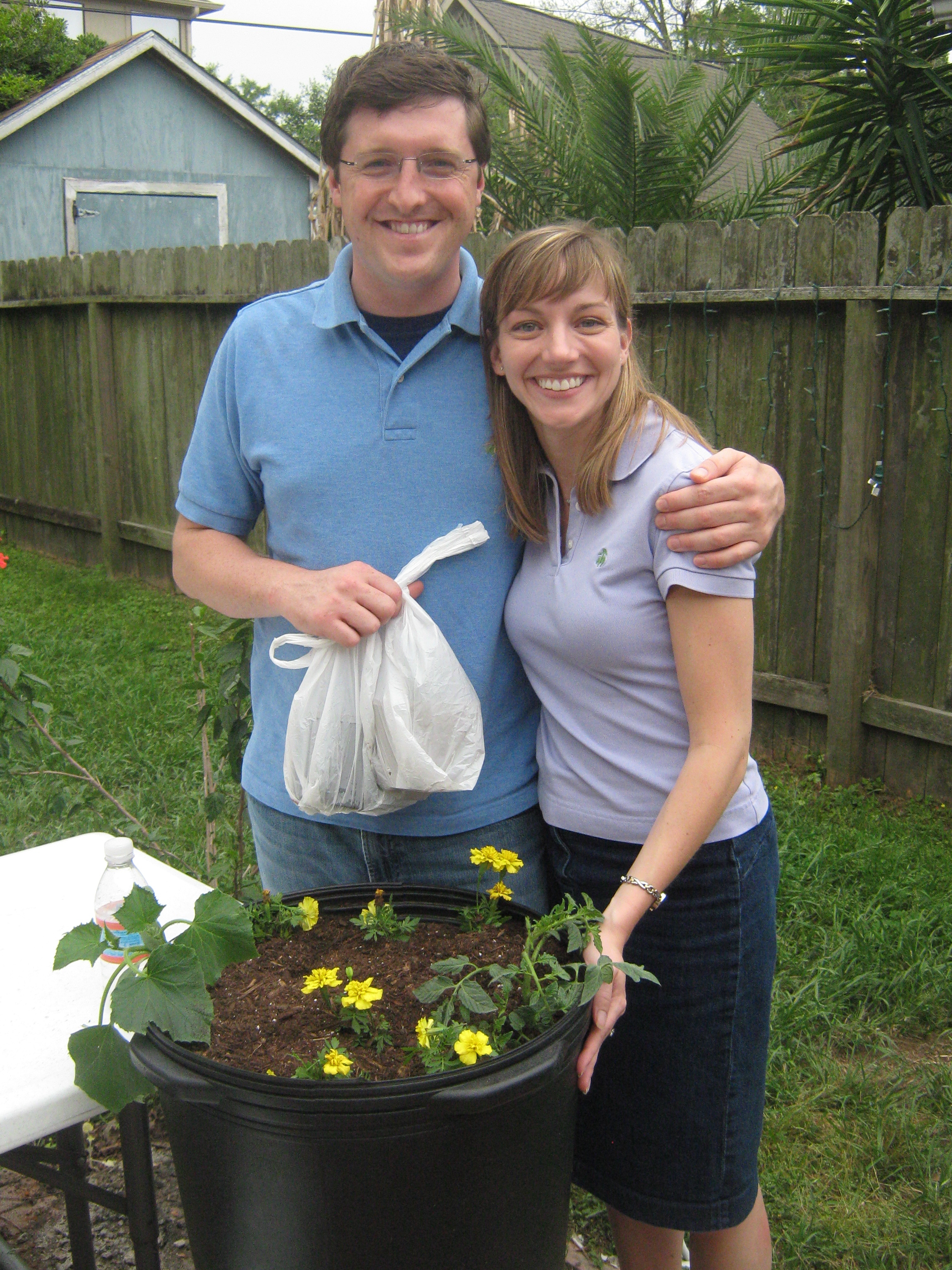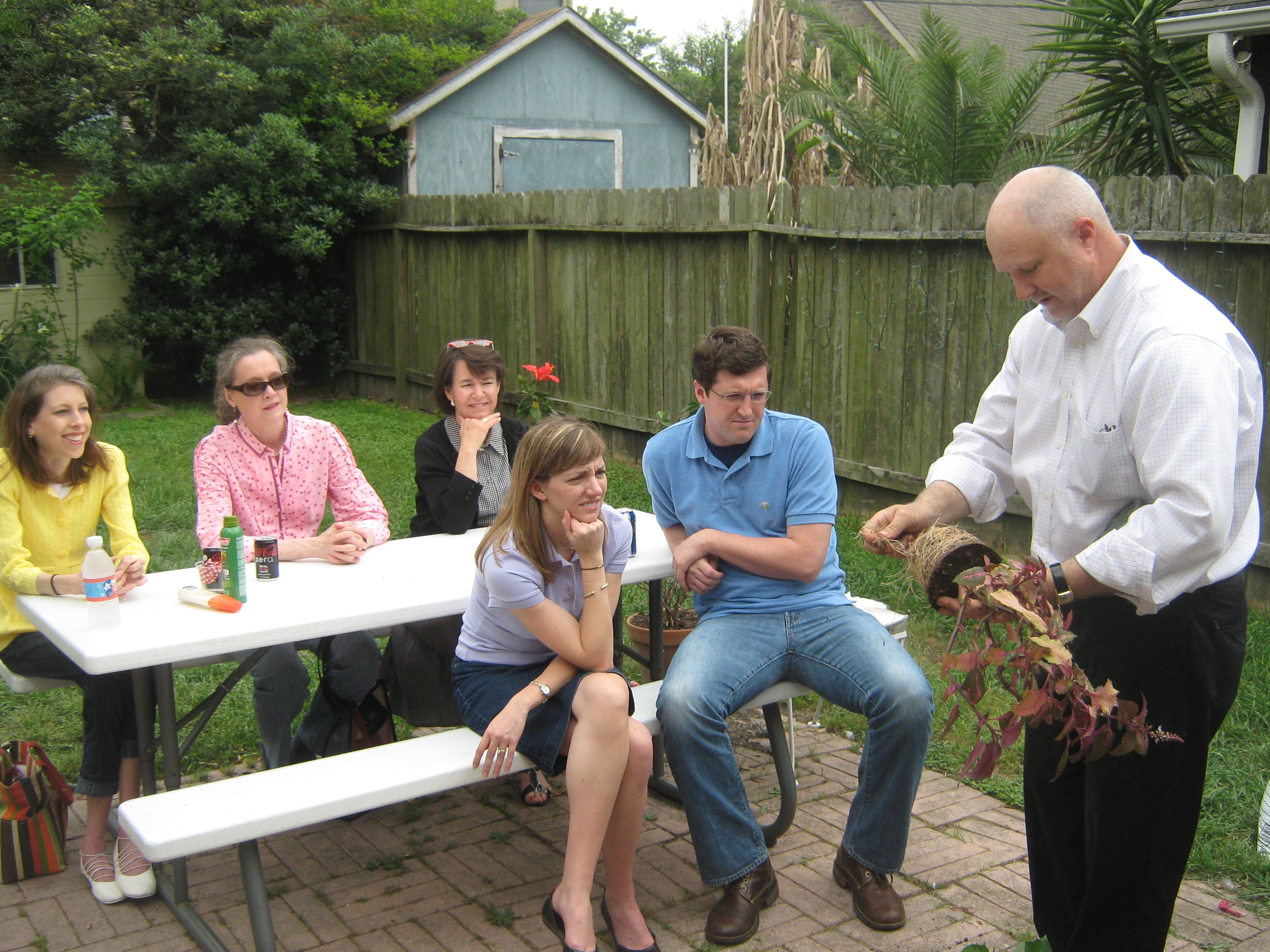This morning I woke to the sound of rain on my tin roof. Weatherman says this is the leading edge of a cool front that is going to give us our first taste of fall temperatures. Several days of highs in the mid 80s and lows in the 60s means this is going to be the best weekend to garden in a very long time.
Vegetables
- Still time to transplant – Brassica transplants can be planted throughout the fall. This is good because you really don’t want 12 heads of cauliflower ready for harvest at the same time. I stagger plant (plant 3 or 4 plants every two weeks) cauliflower and cabbage through October. Stagger planting allows me to enjoy a steady supply of these vegetables throughout the spring.
- Tomato care – By now, your tomato plants should be flowering or setting fruit. To ensure your best fruit possible feed regularly. I side dress monthly with finished compost. I also like to apply liquid fertilizers like homemade compost tea or Ladybug’s Secret Recipe.
- Harvest cotton – Ok, I don’t expect that you have a lot of cotton to harvest. However, we did. One of Sally’s student’s gave her some seeds last spring so we planted them. First time I have ever grown the crop that a lot of our grandparents grew for the cash that kept their families and farms going. We will use our cotton to make a holiday wreath. Neat experience and I hope to do a post about growing it, and the wreath we will make from it, in the near future.

Crotons, mums and marigolds combined with pumpkins and other winter squash make outstanding fall arrangements. These plants do as well in pots as the do in the ground
Ornamentals
- Plant fall color now – The stores are filling up with marigolds, crotons and chrysanthemums. All of these plants perform well in a pot or in the ground. Mix them with the winter squash and gourds you harvested earlier this year to make outstanding arrangements for you yards or porches
- Water fall blooming bulbs – All of my fall blooming bulbs are blooming now. Oxbloods and lycoris are all beautiful but their blooms fade very quickly. Keep them well watered to extend their flower time
Trees and Lawns
- Prepare perennials for the move – If you have a rose, shrub or other spring blooming perennial that has grown too large for its spot, or is not doing well in its location, move it. If the plant is large, begin gently cutting roots by sticking your shovel into the ground in a semi-circle about a foot from the trunk. After a week or so, do the same thing to the other side of the trunk. Water deeply for two weeks before the move.
- Plant trees now – If you are going to plant trees this fall, consider buying smaller trees. While they do not have the immediate impact of a large tree they have several other advantages. First, they are cheaper. Second, they are easier to establish. Third, they have a much better chance of having a healthy root system. If you plant a small tree and give it ample food and water, it will reward you with rapid, healthy growth.

Still a lot blooming at our house. This lovely arrangement consists of zinnias, gomphrena, roses, coreopsis and carlic chive blooms.
I share these posts on Our SimpleHomestead Blog Hop. Be sure to stop by. The “hop” has tons of great information from gardeners and homesteaders all over the world!













